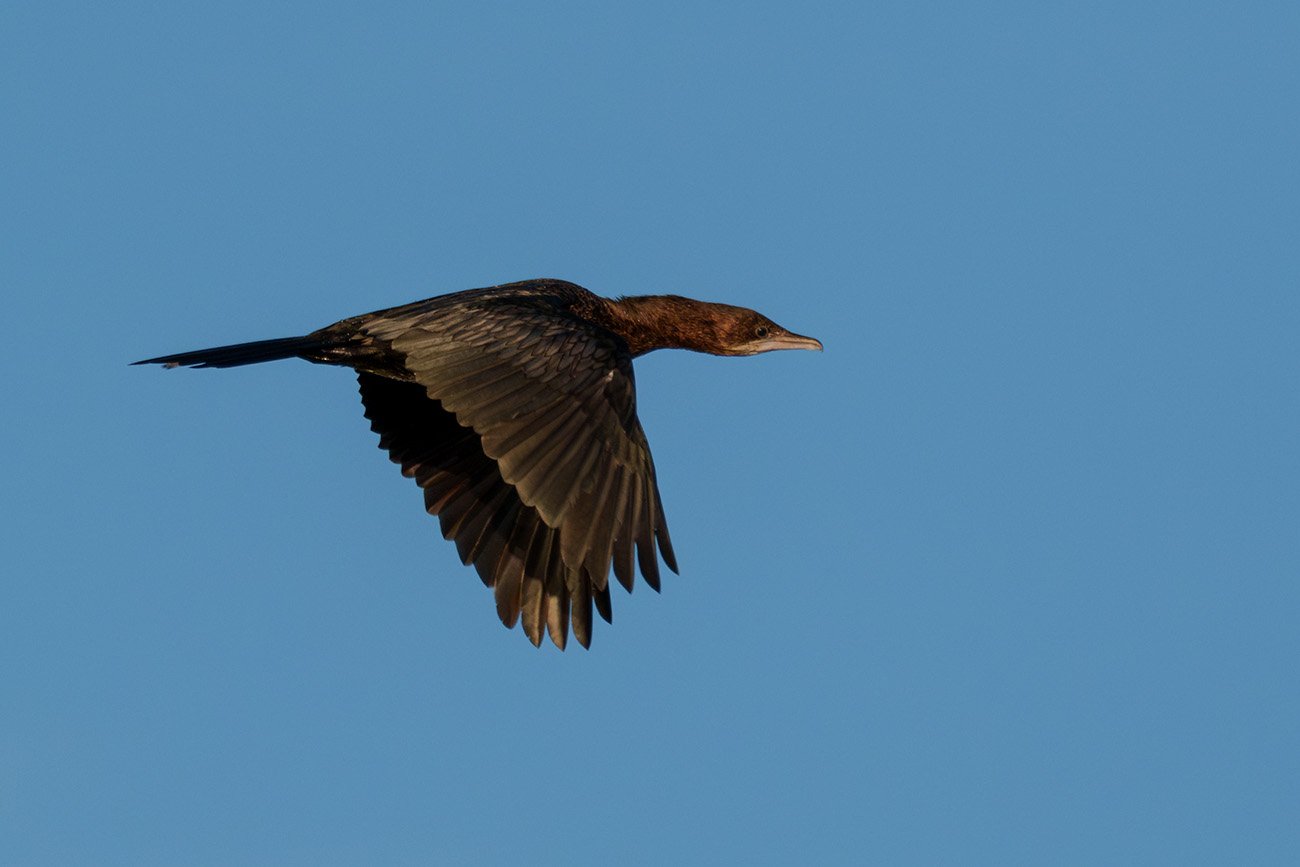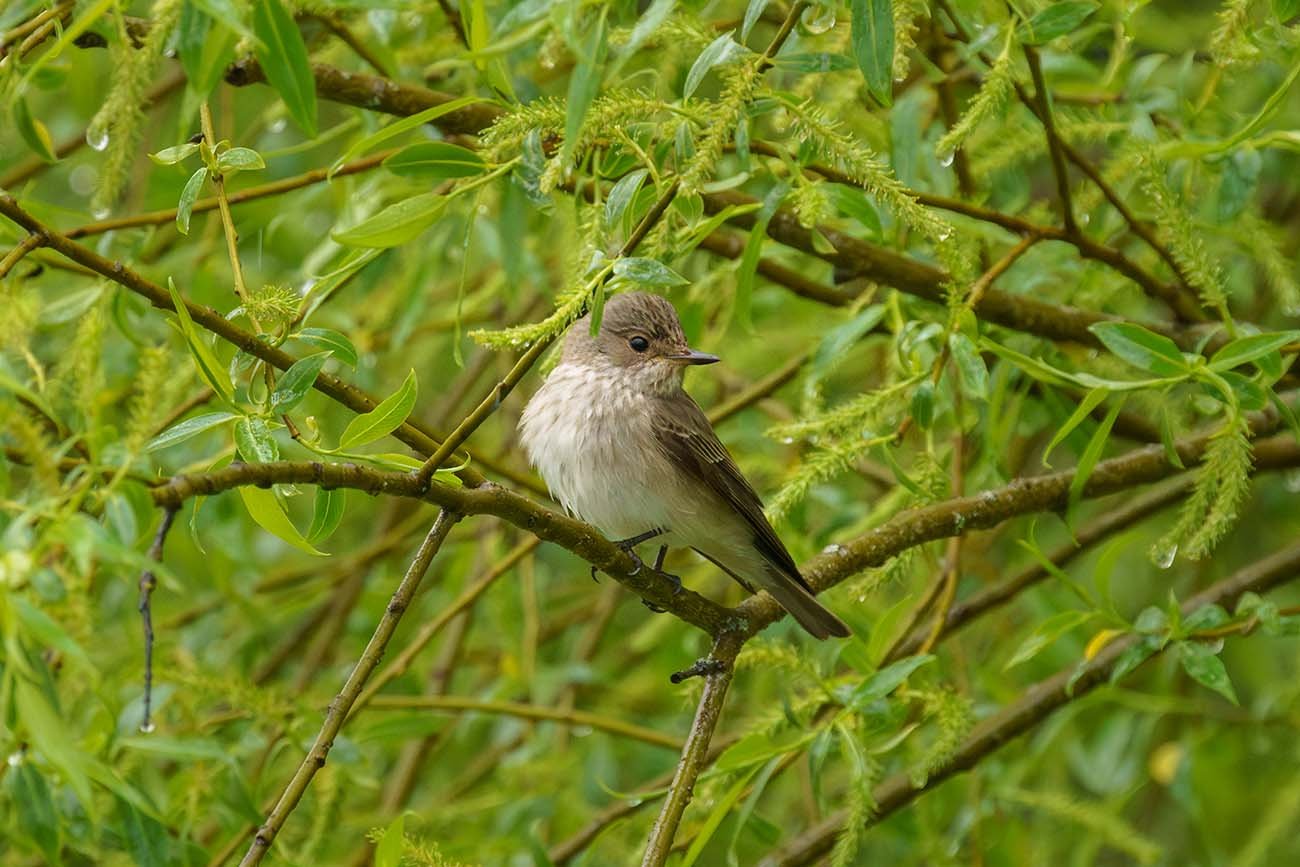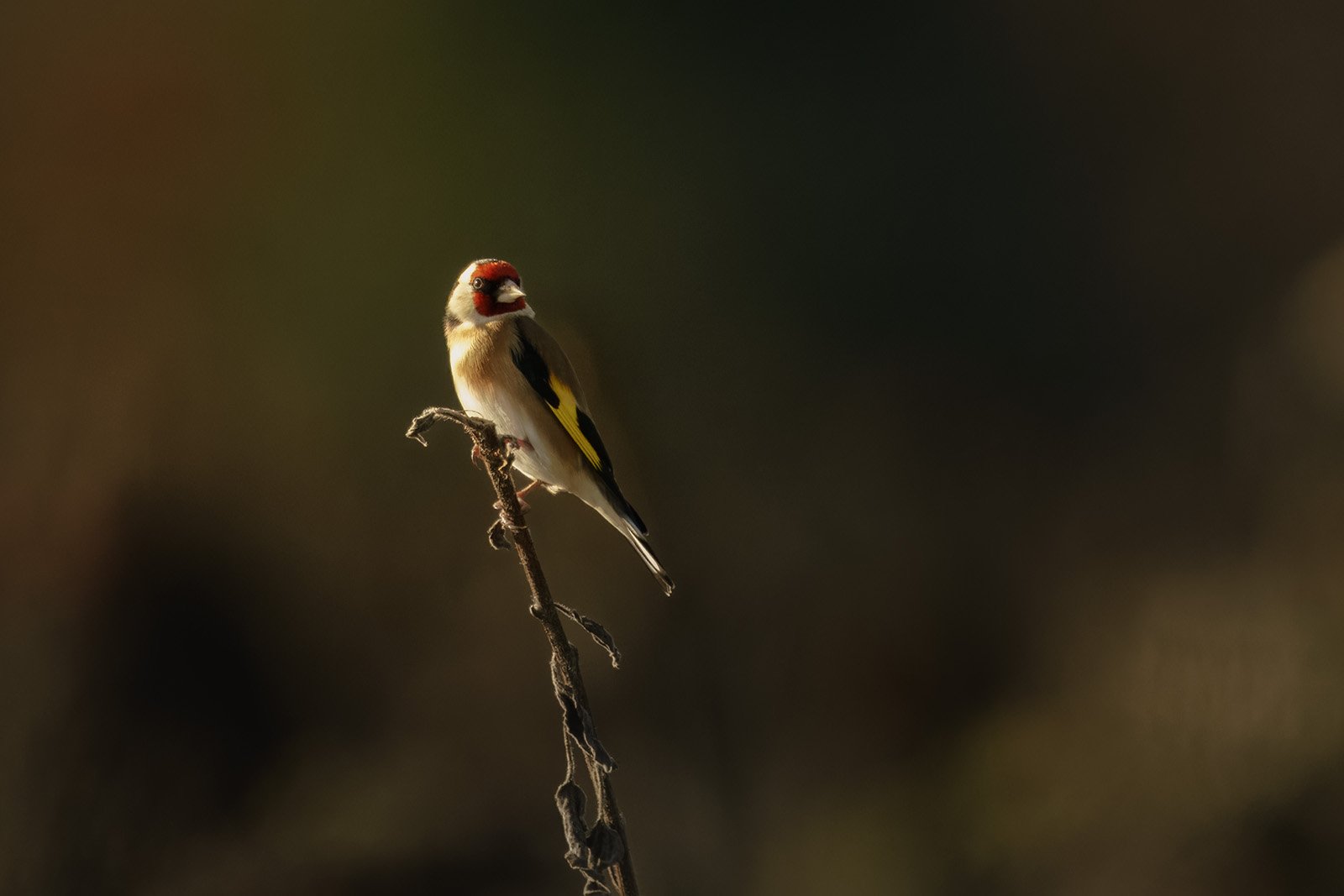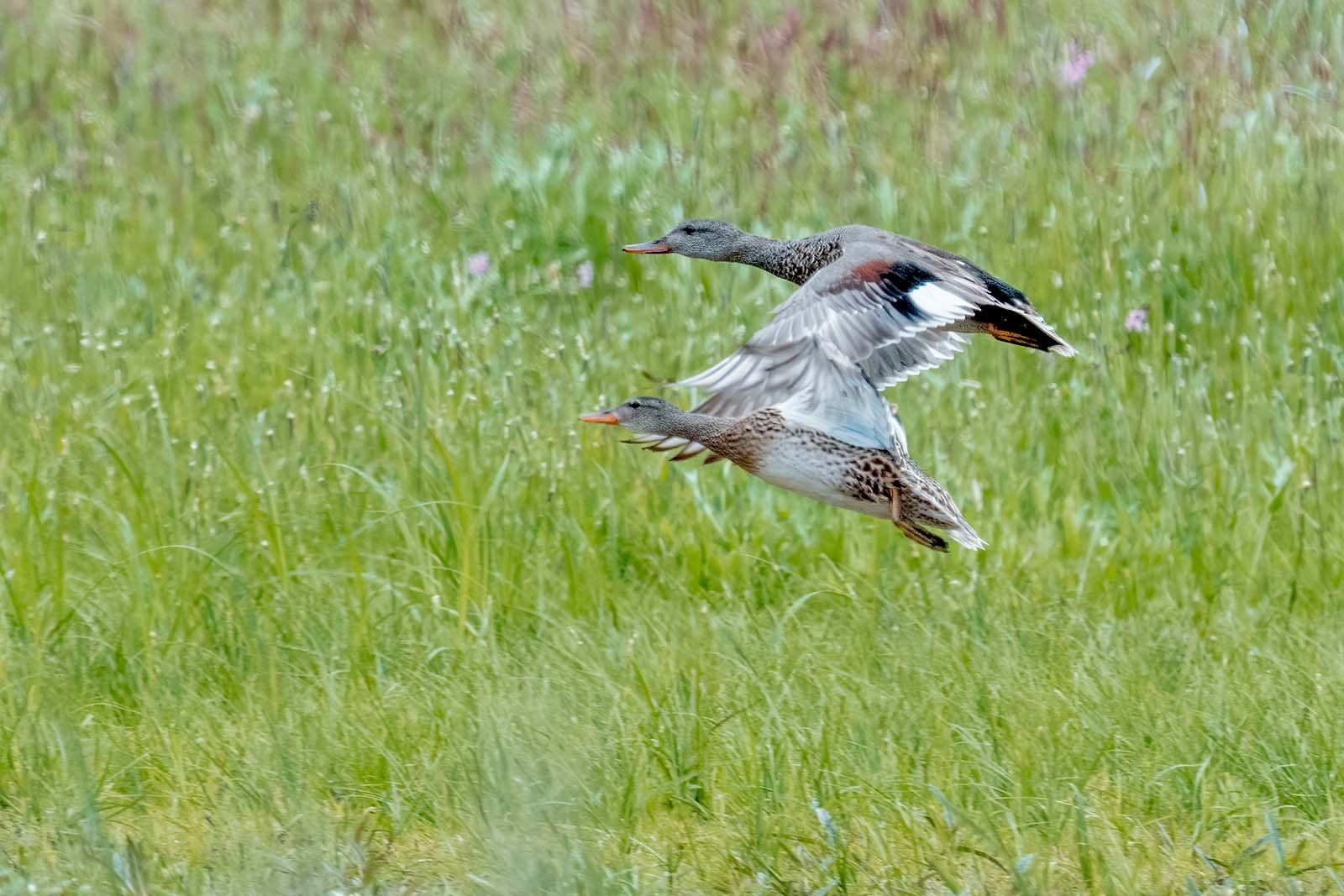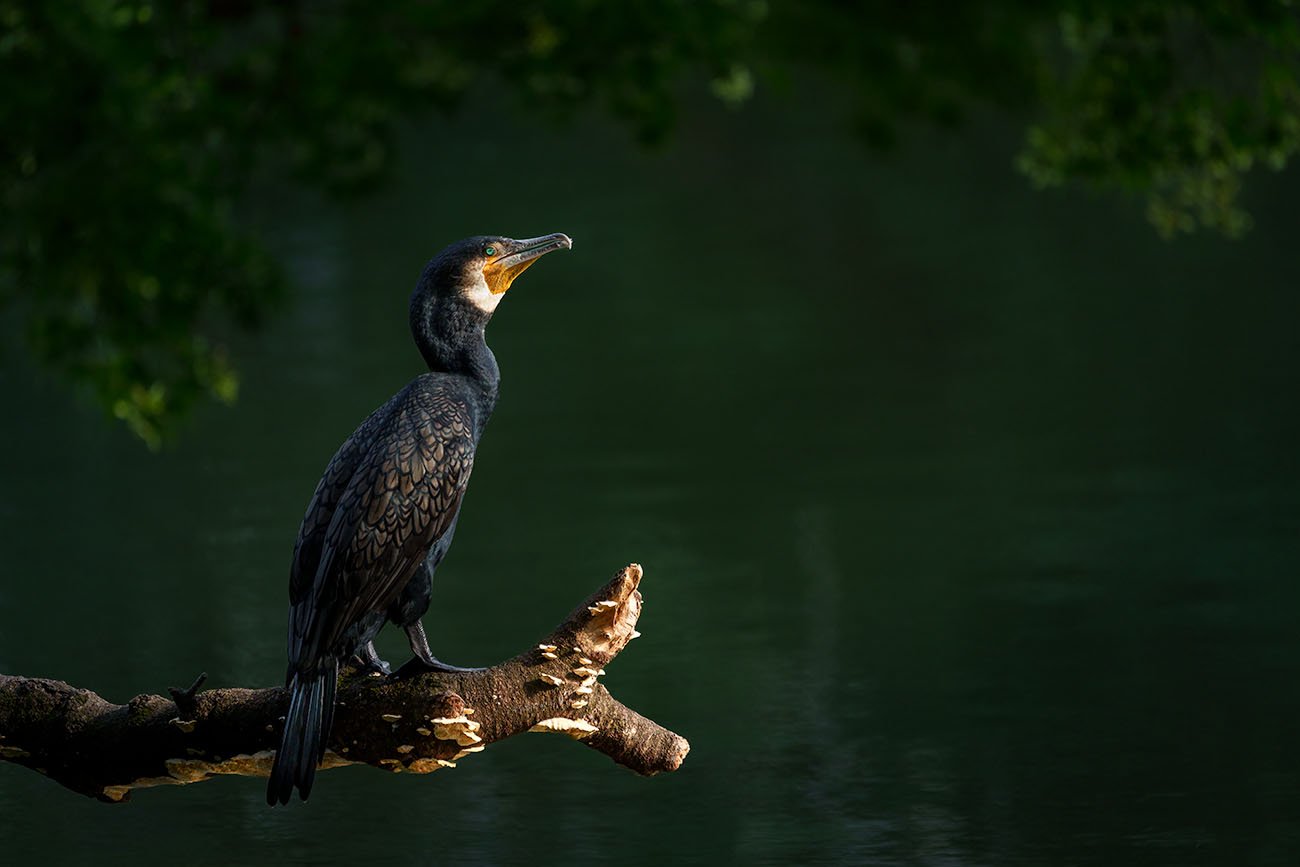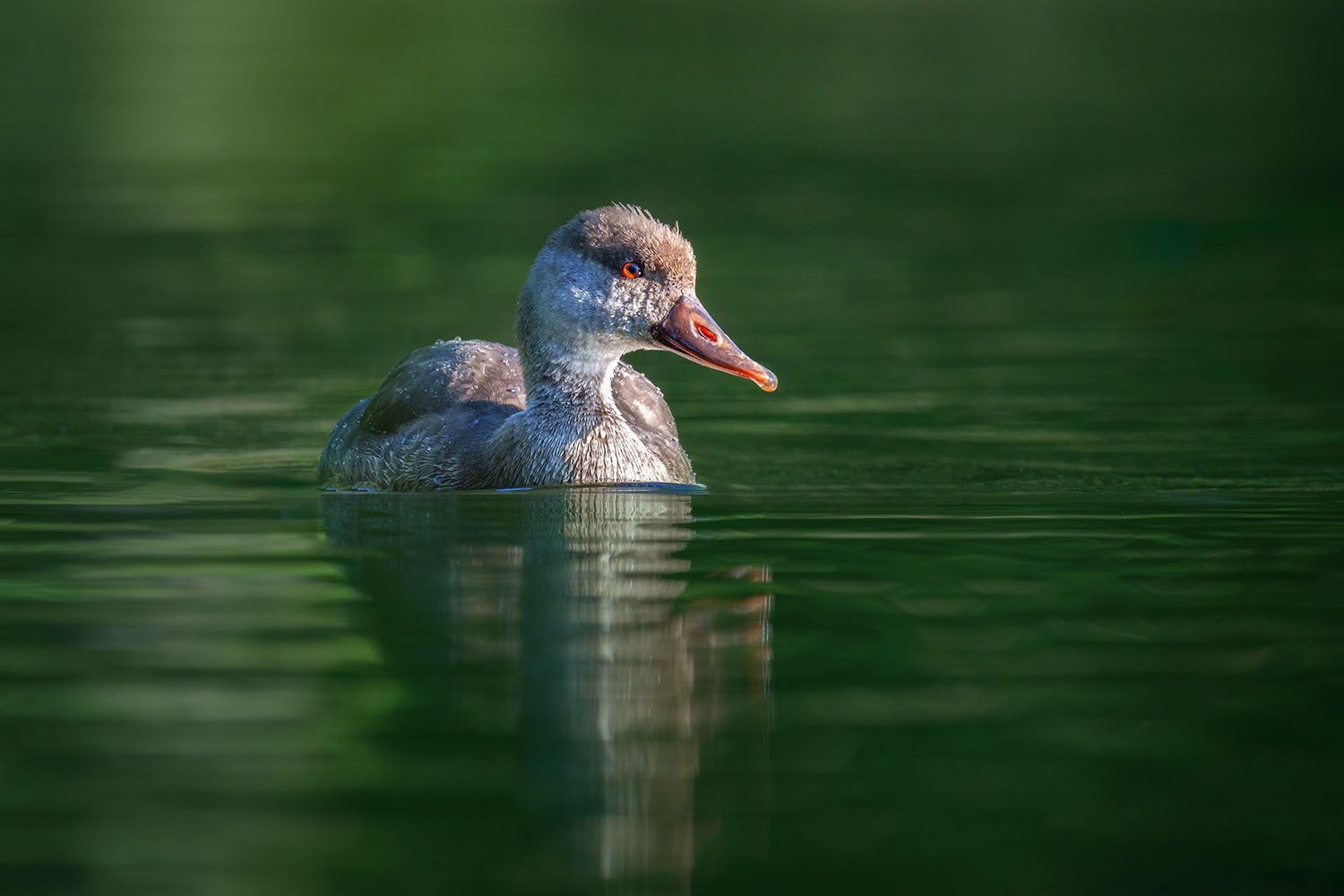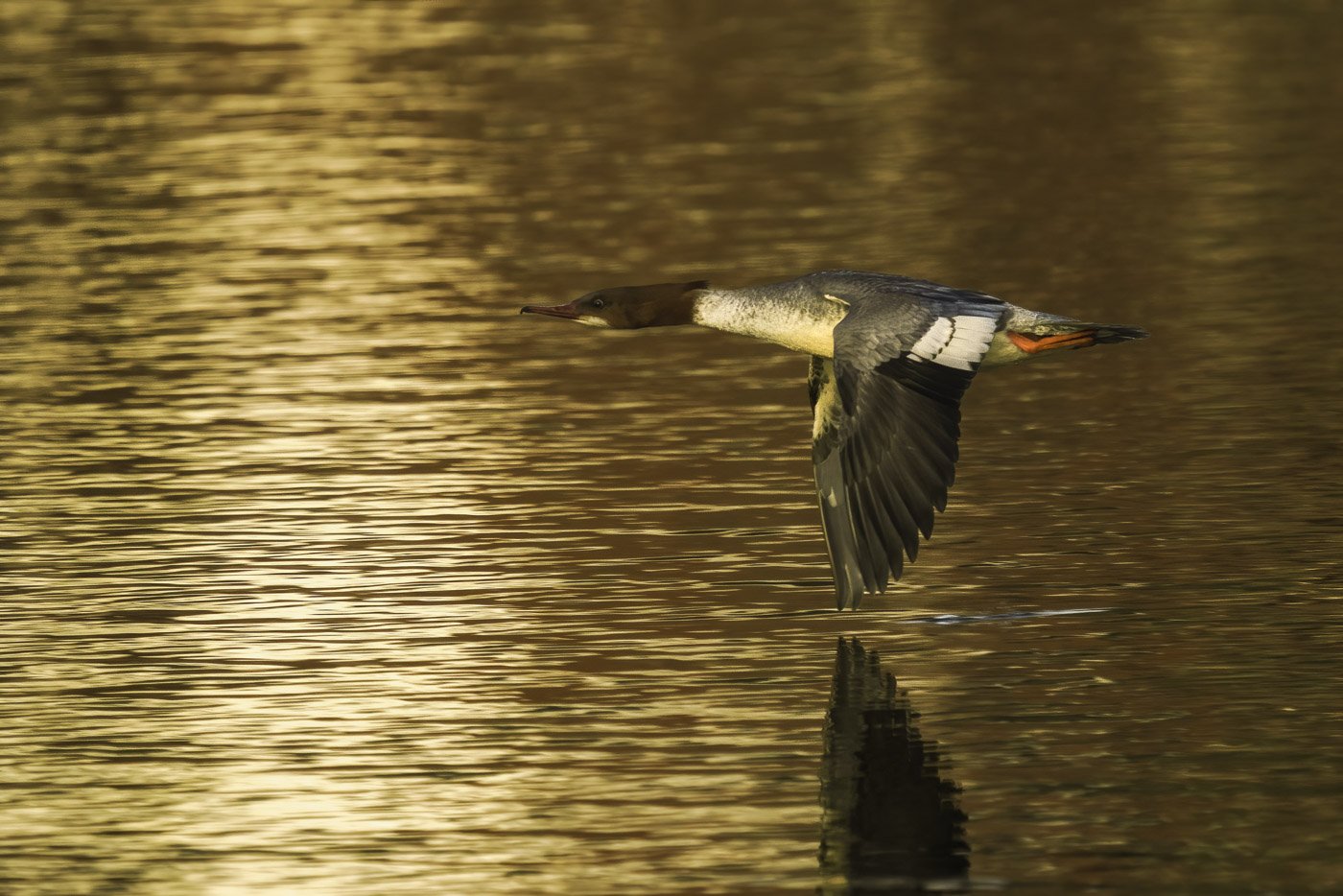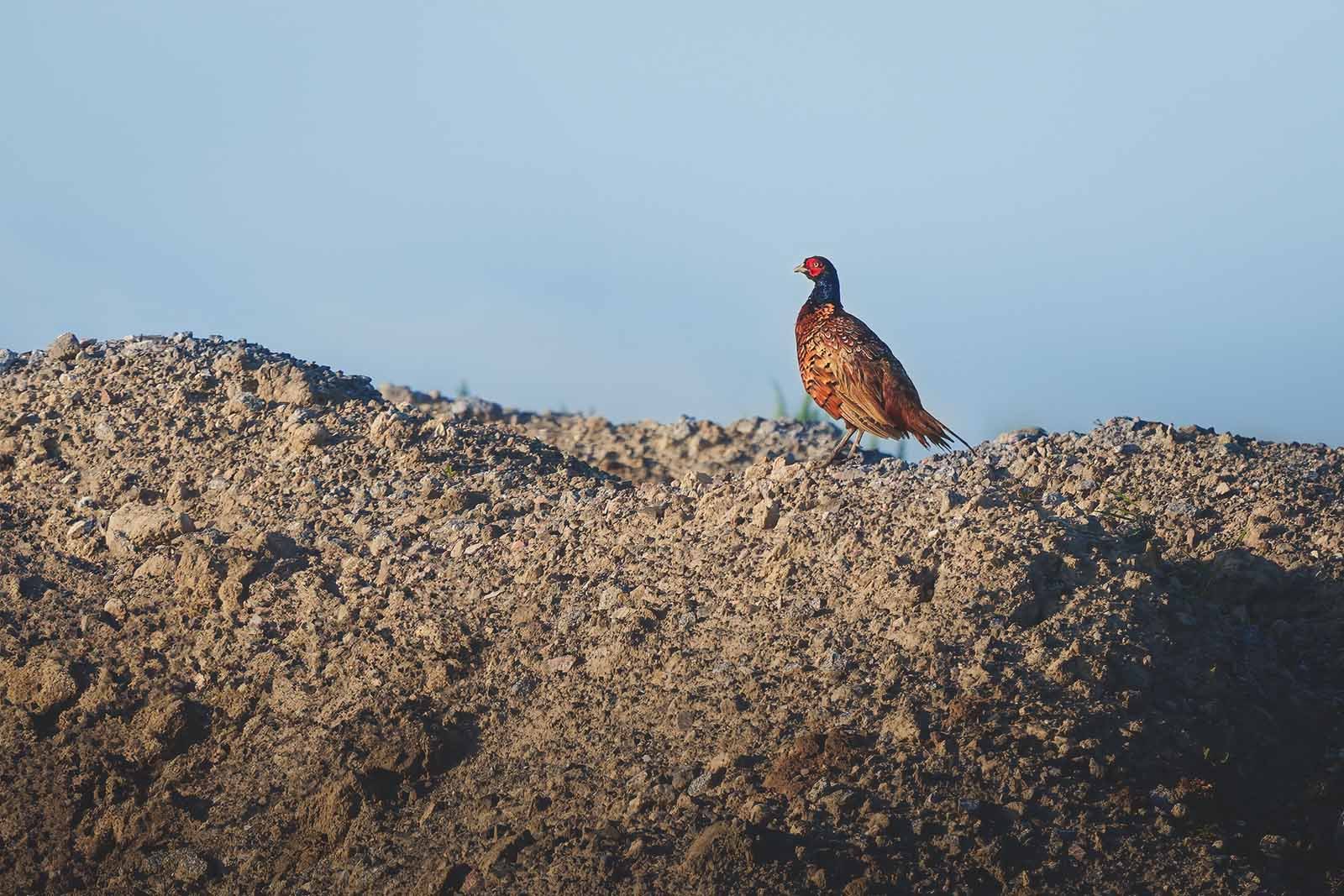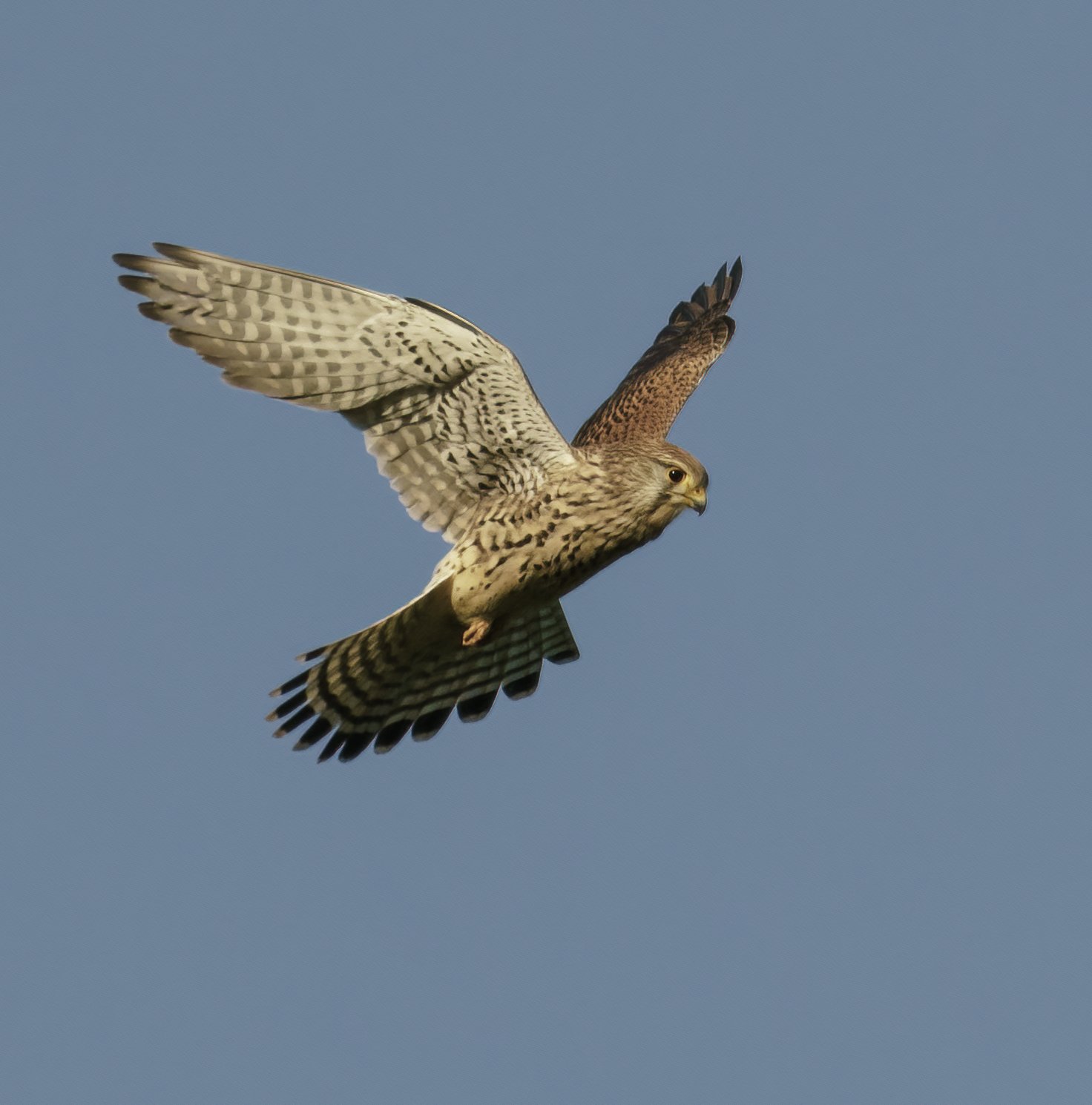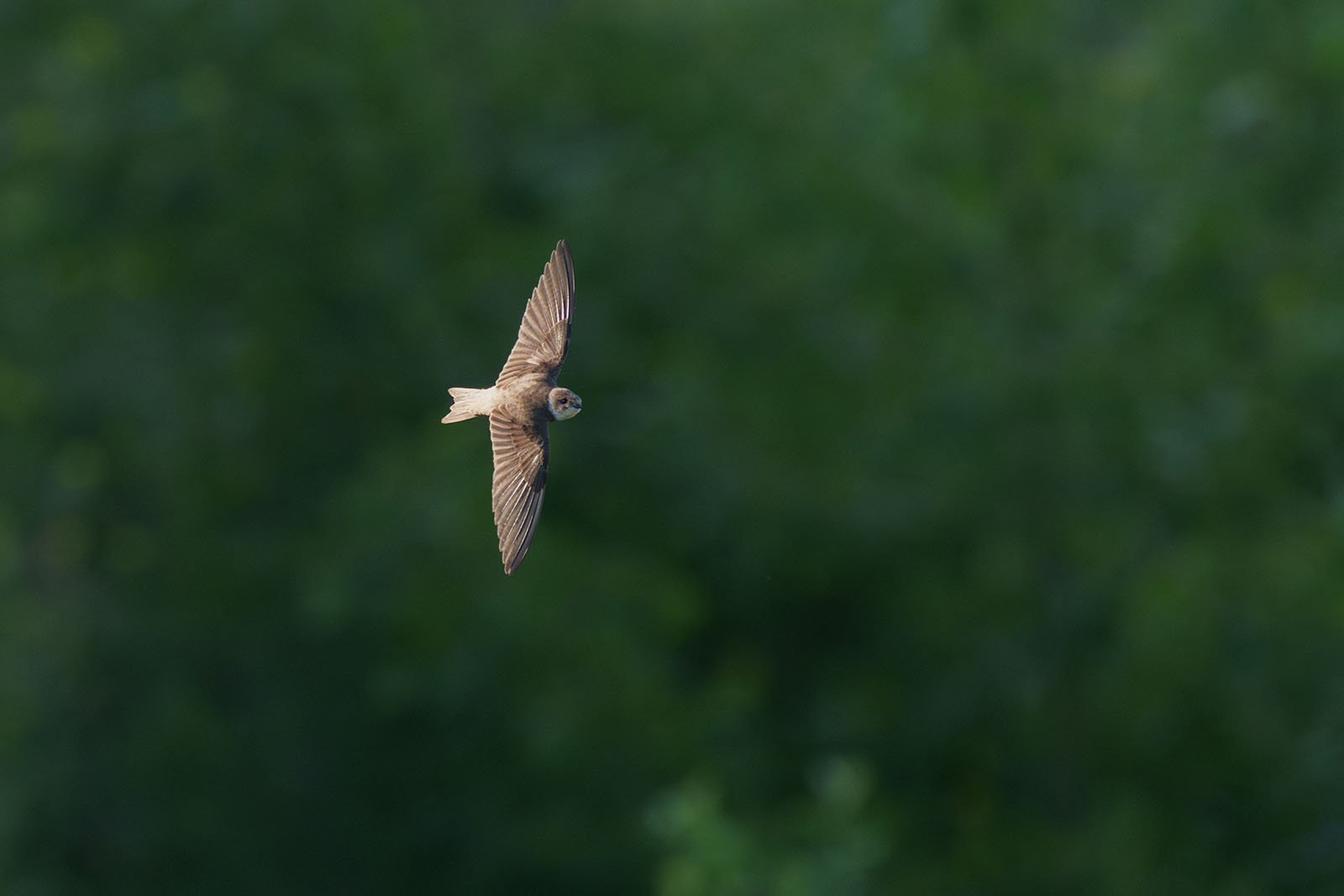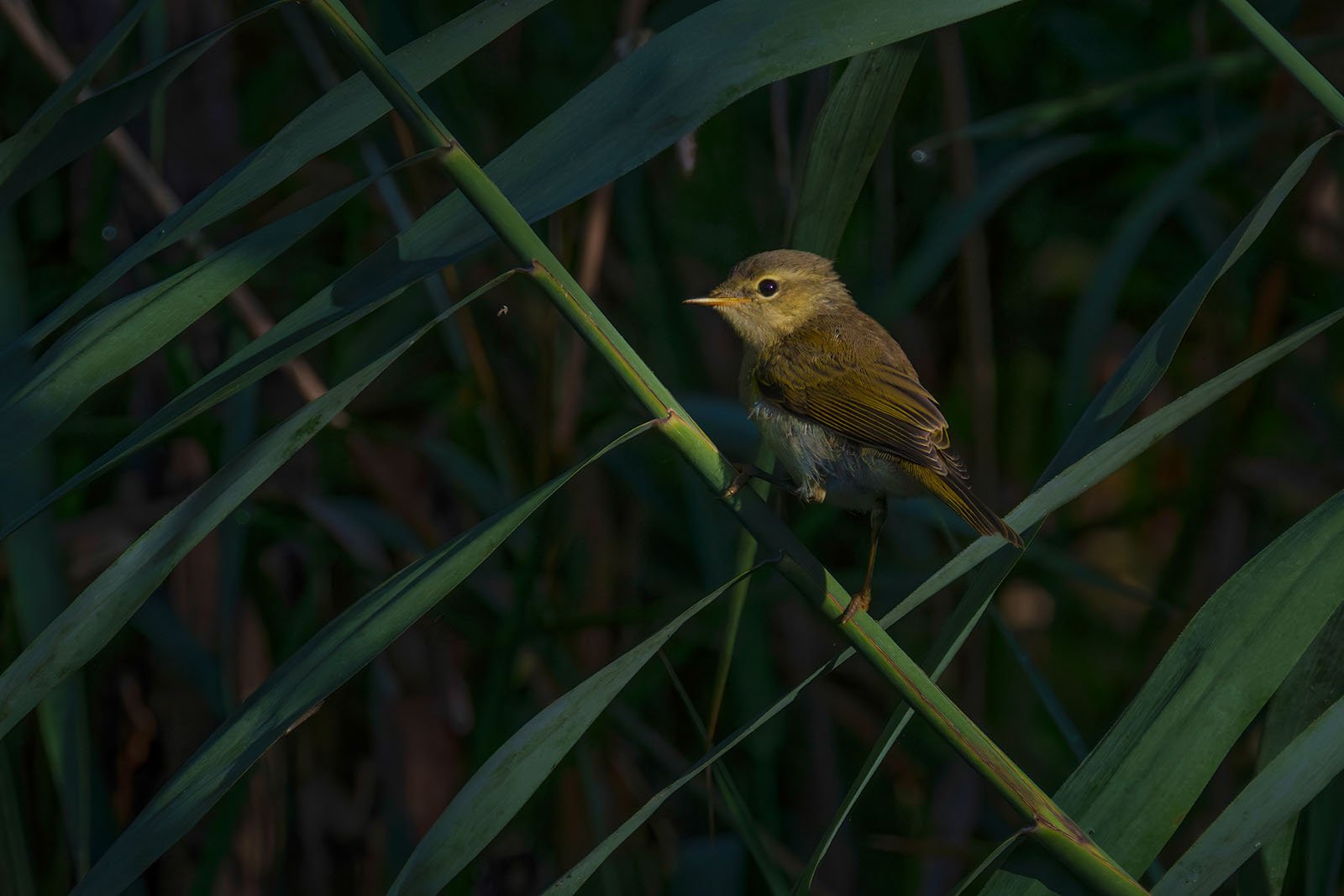Black Kite (Milvus migrans)
Black kite (Milvus migrans)
Black Kite: Elegance and Adaptability in the Skies
The black kite, a global master of gliding flight, amazes with its elegance and adaptability. Learn more about its diet, nesting habits, and unique appearance!
Shortlist
- The black kite (Milvus migrans) is a medium-sized bird of prey, measuring 48–58 cm.
- Diet: Dead fish, small mammals, birds, reptiles, and insects.
- Habitat: Open landscapes near water, often seen over landfills.
- Features: Dark plumage, a slightly forked tail, and long, slender wings.
- Unique traits: Worldwide distribution and recycling of rags and paper for nest building.
Key Facts
- Scientific Name: Milvus migrans
- Size: 48–58 cm
- Weight: Not specified
- Habitat: Open landscapes with trees, near water, and even over landfills
- Diet: Dead or live fish, small mammals, birds, reptiles, and insects
- Seasonality: Breeds in Central Europe, migrates to warmer regions in winter
- Nest: Found on single trees or forest edges, built with branches, rags, and paper
Table of Contents
- Introduction: The Global Gliding Artist
- Appearance: Dark Plumage and a Forked Tail
- Habitat and Distribution
- Diet: The Power of Flexibility
- Reproduction: Recycling Expert and Family Bird
- Special Traits: The Black Kite’s Graceful Flight
- FAQ: Frequently Asked Questions About the Black Kite
1. Introduction: The Global Gliding Artist
The black kite (Milvus migrans) is one of the most adaptable and elegant birds of prey worldwide. With its global distribution, it thrives on every continent except Antarctica. In Central Europe, the black kite is commonly found near water, where it soars effortlessly over the surface or circles above landfills in search of food.
Its flight is unmistakable, characterized by rhythmic wingbeats and long, graceful glides. The slightly forked tail distinguishes it from its close relative, the red kite, and adds to its aerodynamic elegance.
2. Appearance: Dark Plumage and a Forked Tail
At first glance, the black kite’s dark plumage might appear simple, but its subtle features make it a remarkable bird to observe.
Key Features
- Plumage:
- Dark brown to black, with lighter patches on the wings.
- This coloring provides elegance and effective camouflage.
- Wings:
- Long and slender, with a slightly lighter underside for efficient soaring.
- Tail:
- A slightly forked tail, less pronounced than that of the red kite, is a key identification feature.
Its flight resembles that of a tern, as it skillfully rides thermals and air currents, covering large distances with minimal effort.
3. Habitat and Distribution
The black kite is a generalist, thriving in a variety of habitats across its global range.
Distribution
- Breeding Season:
- In Central Europe, the black kite breeds near lakes, rivers, and wetlands.
- Wintering Grounds:
- During winter, it migrates to warmer regions, such as Africa and South Asia.
Typical Habitats
- Open landscapes with trees for nesting.
- Frequently found near water, where it scavenges for dead or live fish.
- Urban areas and landfills, where it takes advantage of human waste.
This adaptability has allowed the black kite to establish itself as one of the most widespread raptors globally.
4. Diet: The Power of Flexibility
The black kite is an opportunistic feeder with a varied diet, giving it an edge in diverse habitats.
Main Diet
- Fish:
- Prefers dead fish but will occasionally catch live fish near the water’s surface.
- Small Animals:
- Includes mice, frogs, reptiles, and small birds.
- Insects:
- In tropical regions, it often hunts flying termites during swarms.
Its ability to scavenge and even use human refuse has made it a familiar sight around landfills and urban areas.
5. Reproduction: Recycling Expert and Family Bird
The black kite’s nesting habits are as resourceful as its feeding strategies.
Nest Building
- Location:
Nests are built in single trees, on forest edges, or even in urban areas. - Materials:
Famous for incorporating unusual items like rags, plastic, and paper into its nests, the black kite is a true recycler.
Breeding Season
- Clutch Size:
Typically lays 2–3 eggs, which the female incubates for about 30 days. - Chick Development:
Both parents feed the chicks, which fledge after approximately 50 days.
The black kite’s creative use of nest materials highlights its ability to adapt to human-altered environments.
6. Special Traits: The Black Kite’s Graceful Flight
The black kite is celebrated not only for its adaptability but also for its breathtaking flight capabilities:
- Courtship Flight:
Males and females perform synchronized circular flights during courtship, showcasing their aerial mastery. - Soaring Ability:
Known for long, effortless glides, the black kite is a true energy-efficient flier, taking advantage of thermal currents to cover vast distances.
These traits make the black kite one of the most elegant and efficient flyers in the avian world.
7. FAQ: Frequently Asked Questions About the Black Kite
1. How big is the black kite?
It measures 48–58 cm in length, with long, slender wings for efficient gliding.
2. What does the black kite eat?
Its diet includes fish, small mammals, birds, reptiles, and insects, with a preference for scavenging.
3. Where does the black kite live?
It inhabits open landscapes near water, forests, and even urban areas like landfills.
4. How can you distinguish the black kite?
Look for its dark plumage, slightly forked tail, and rhythmic, gliding flight.
5. When does the black kite breed?
Breeding occurs in spring. Nests are built in trees, often with unusual materials like rags and paper.
The black kite is a true master of adaptation, thriving in diverse environments and captivating observers with its graceful flight. Whether soaring over a lake or scavenging near human settlements, it is a bird that embodies resilience and elegance. Keep an eye on the skies—you just might spot one of these impressive gliders in action!


